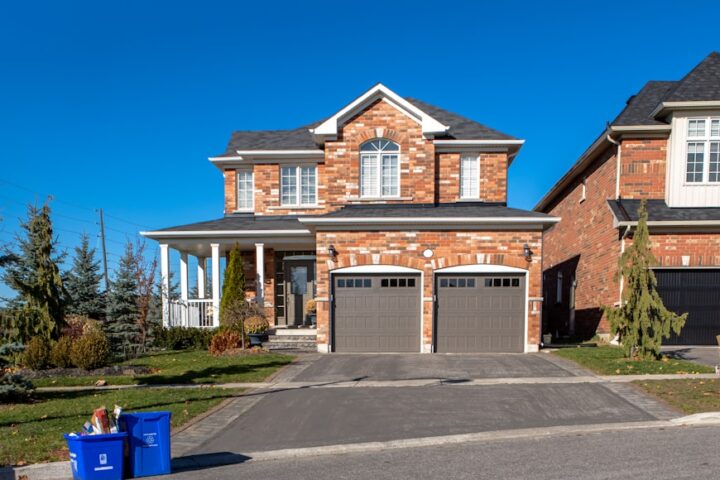7 Practical Tips for Redesigning Your Driveway
Driveways have come a long way from their humble beginnings as narrow dirt paths.
They have transformed from their former rugged selves; into the practical and aesthetically pleasing versions we have come to know in recent years.
As civilization advanced, driveways evolved, with the most significant change coming after gravel and tarmac were invented in the late 18th, 19th, and 20th centuries.

Good driveway design can add value to your property and does wonders to boost the curb appeal of your home. If yours is begging for a redesign, follow these seven tips below, and your driveway will be the talk of the town in no time:
Entry and Exit Points
If your property is short on room, get a vehicle turntable. These rotate parked vehicles 180 degrees, removing the need for multi-point turns.
While these offer an effective solution to a specific problem, they come at a cost. Be prepared to pay several thousand dollars to install one on your driveway.
If you have a larger property, planning entry and exit points to your property is essential. Visualize people arriving at your home and position your driveway entry and exit points accordingly.
You must work out both the vehicle and pedestrian routes into your property.
Width
An ideal driveway should be around twelve feet wide.
The width needed to accommodate a pickup truck or SUV is ten feet – anything less than that will present problems for drivers. To be on the safe side, a twelve-foot-wide driveway will be plenty big enough to suit most vehicles, even campervans.
The last thing any homeowner wants is for vehicles to drive or park on the edge of the driveway, ruining the lawn that runs alongside it.
Materials
One of the most crucial aspects of driveway design is the choice of materials.
Your driveway is a key component of your property, and it must suit the buildings on it. Consider the material palette used across the buildings on your property and select similar ones.
For example, if the exterior of your home is clad in light stone, avoid using dark pavers or asphalt because they would not look good together.
Your choice of driveway material will set the architectural tone for the rest of your property.
Manage Surface Water
When selecting materials, another essential factor to consider is rainwater management.
Planning standards are regulated by law and often require a driveway to discharge rainwater either through a permeable integration such as porous asphalt or through the use of something like concrete culverts.
Culverts are perfect for properties with existing drainage issues as they redirect constant water flow away from your driveway. They collect water and run it under the driveway, efficiently redirecting stormwater.
Safety
Where possible, driveway gates should always be set back from the road edge by around fifteen to twenty feet. That allows safe passage of a vehicle from the road onto the driveway opening and allows the gates to open without obstructing the rest of the road.
Your driveway gates should ideally open inward, but that is not always possible – especially if your driveway slopes.
Pay attention to pedestrian and pet safety by not having overgrown hedges or walls adjacent to your driveway entrance that will obscure the view of drivers.
Lighting
Effective driveway lighting should focus on both safety and beauty.
The best way to achieve that is by using mixed general lighting as well as focused lights. The trick is to illuminate the border of your driveway without blinding drivers as they enter.
Adjust overhead lighting to shine down on the driveway instead of over it. Layering your lighting choices will make your driveway safe and welcoming. Ground path lights are great because they are both beautiful and practical.
High Tech Needs
If you live in a place that gets a lot of snowfall in the winter months, a heated driveway is probably at the top of your list of wants.
Heated driveways eliminate the need for manual snow removal, which saves you time and effort. The last thing anyone feels like doing on a cold winter’s day is going outside to shovel snow.
Most heated driveways are built from concrete or asphalt, but you can install one made from permeable pavers.
To End
Your driveway is the introduction to your home. It needs to be inviting, practical, and easy to use.
When planning the design of your new driveway, follow these tips above, and you will be sure to build the perfect one for your property.


